Our latest tax tips, a self-assessment guide for small businesses, should help you get over the line with the minimal amount of fuss.
It’s that time of year again when small businesses are in the final weeks of gathering together paperwork to work through our tax returns. With the deadline just a week away, things are certainly becoming urgent — but there’s no need to panic just yet. With our self-assessment guide for small businesses, you’ll breeze through the process, submitting your return before the deadline.
Who needs to register for a self-assessment?
First, it’s important to understand who needs to register for self-assessment and complete their returns in this way. If you’re a self-employed sole trader earning upwards of £1,000 a year, a partner in a business partnership, or the director of a limited company, you’ll need to fill in a self-assessment tax return. In other words, most small businesses will fall under this umbrella.
What information do I need to gather for my self-assessment?
After you’ve registered, you’ll need to gather certain information before you can begin filling in your return. Typically, this should include details of your business’ income, including turnover and expenses, as well as any additional income from other sources, including wages, rental income, foreign income, and pension contributions.
For many small businesses, calculating expenses can be the most complicated part. Essentially, these are costs that you can deduct from your turnover to establish your taxable profit and can include expenses such as travel, marketing, supplies, and insurance. If you are not able to calculate your exact costs, the ‘simplified expenses’ option offers a flat rate that can be applied to various business expenses.
Once you’ve gathered all the information, you’re ready to begin completing your return. While it’s still possible to do this on paper and mail your information to HMRC, we recommend filing your return online. As well as being simple and secure, this method includes interactive prompts and assistance that will help you if you get stuck along the way.
Completing your self-assessment online
The first step is to check that all your details as held by HMRC are correct. If you’ve changed your name or business address during the last tax year, for example, this is the place to update that information. Then, you’ll need to fill in each section that applies to you and your business.
The next stage is where you enter your turnover — the total income earned by your company during the last tax year. After that, you’ll enter your tax-deductible expenses, giving you a total taxable figure for the period. And finally, it’s time to double-check all the information that you have entered. Any errors, whether intentional or not, could lead to a hefty fine.
Once you’ve completed your tax return, you’ll be notified of how much you need to pay — and when you need to pay it. Typically, you’ll need to make a payment on January 31, as well as several others throughout the year. And make sure that you set plenty of reminders to settle these bills on time — any missed payments can result in the dreaded fine. Note the important 2023 tax dates and mark them in your diary so you never miss a deadline again.
With the right preparation and planning, completing your tax return doesn’t need to be a hassle. And you can make things even easier for yourself with a GoSolo Business Account. Compatible with accounting software such as Xero, it’s a quick and easy way to keep track of your expenses — and sail through your return at the end of the year.
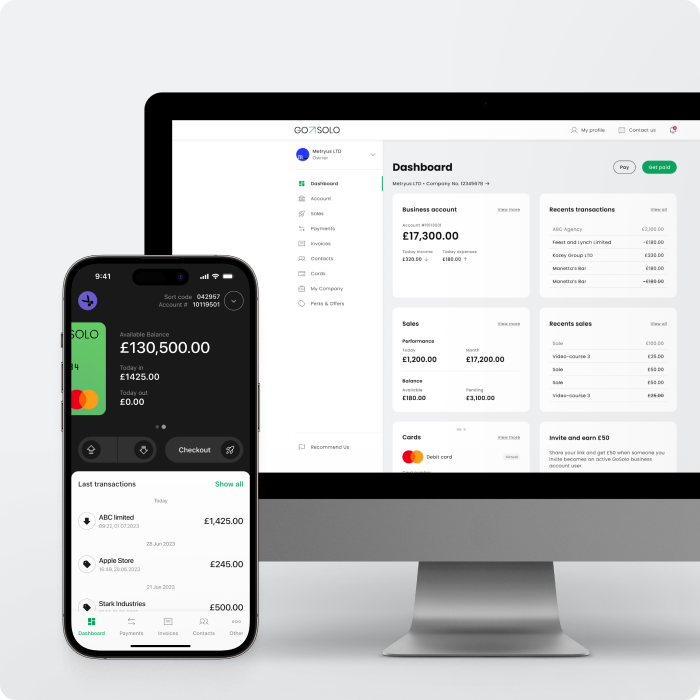

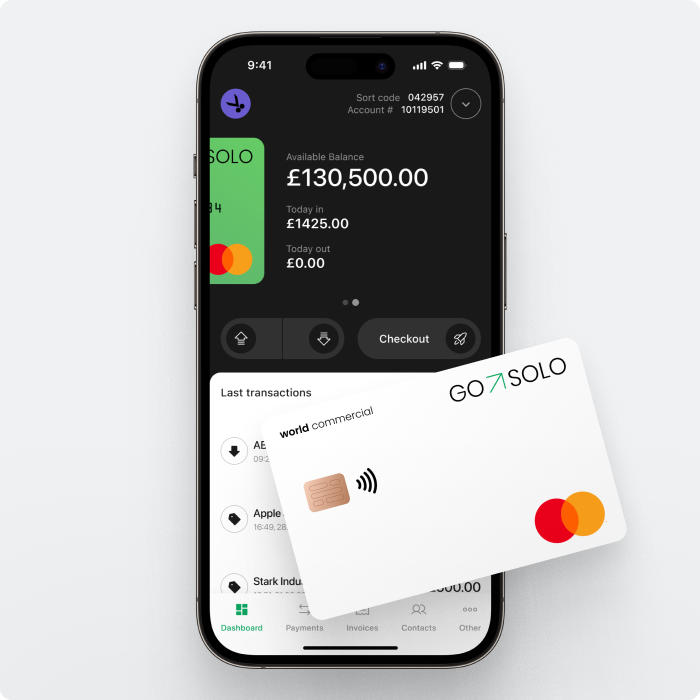

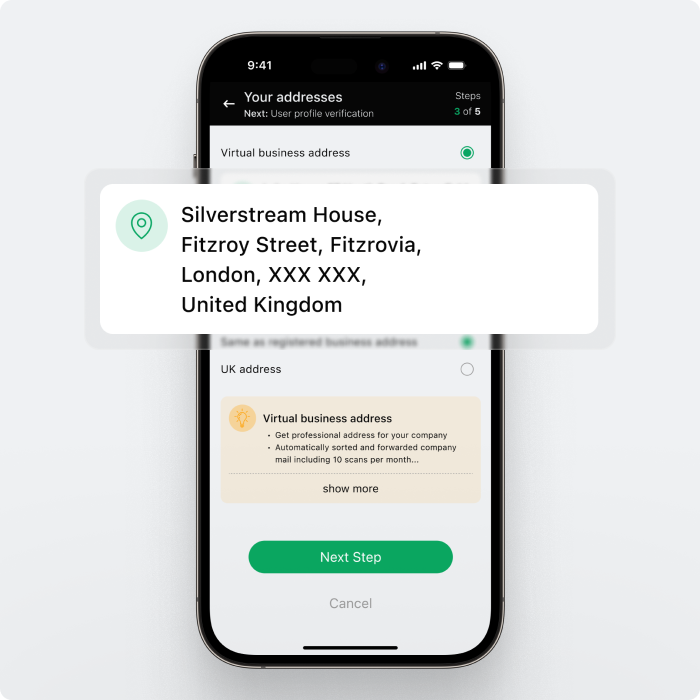
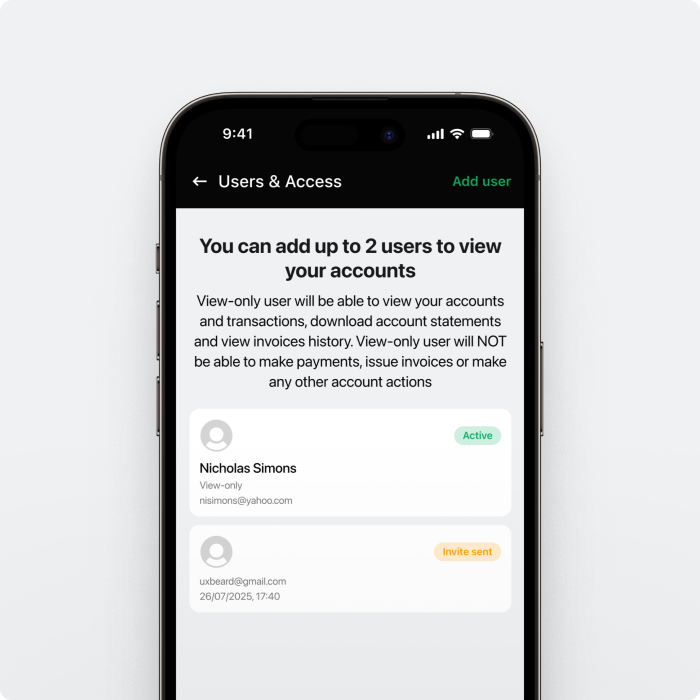
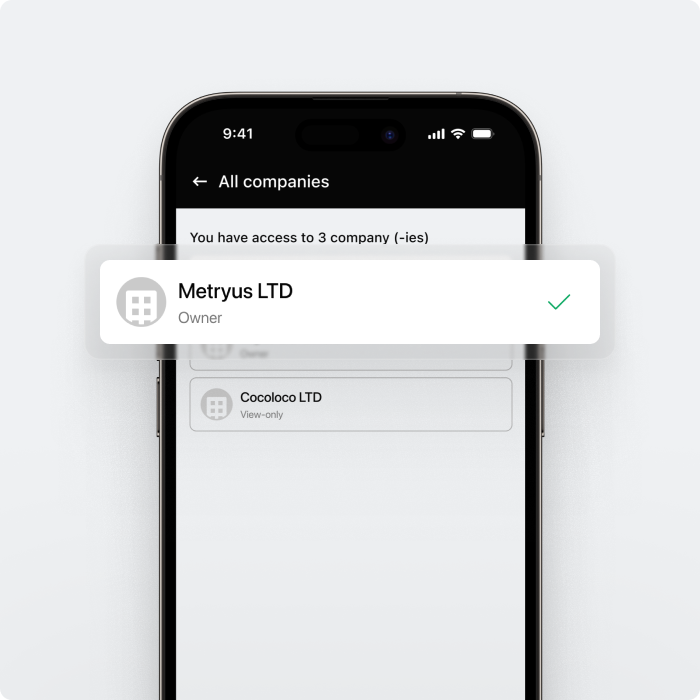
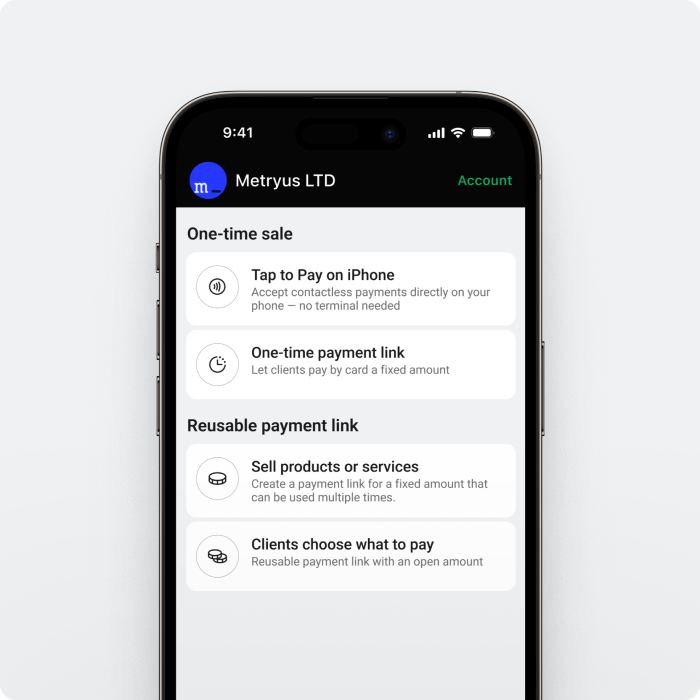


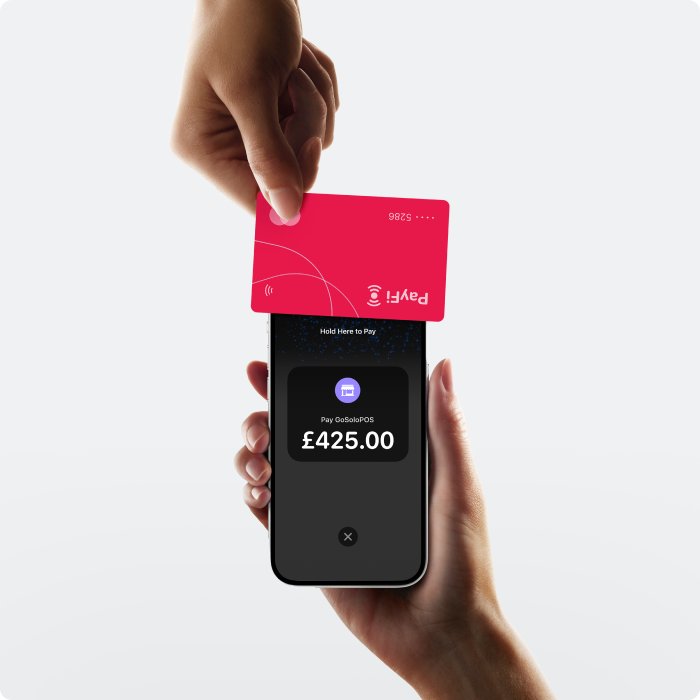







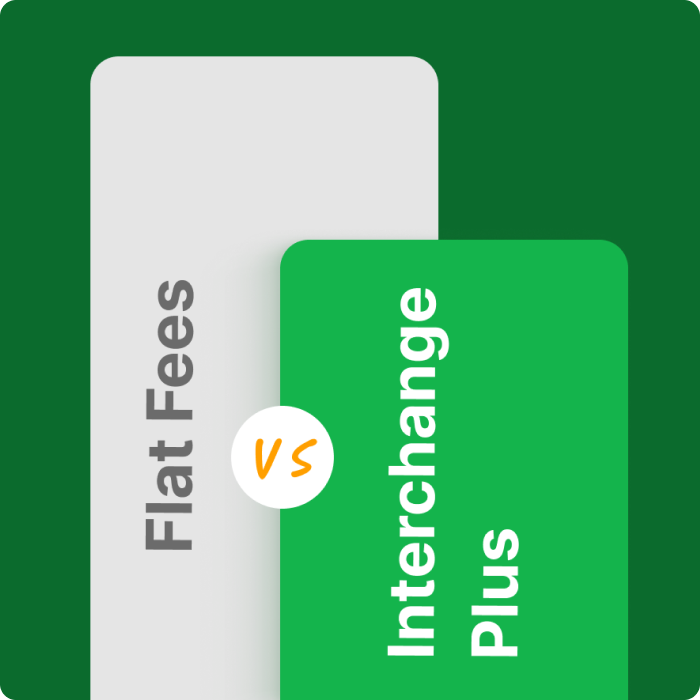

 Back to Blog
Back to Blog
